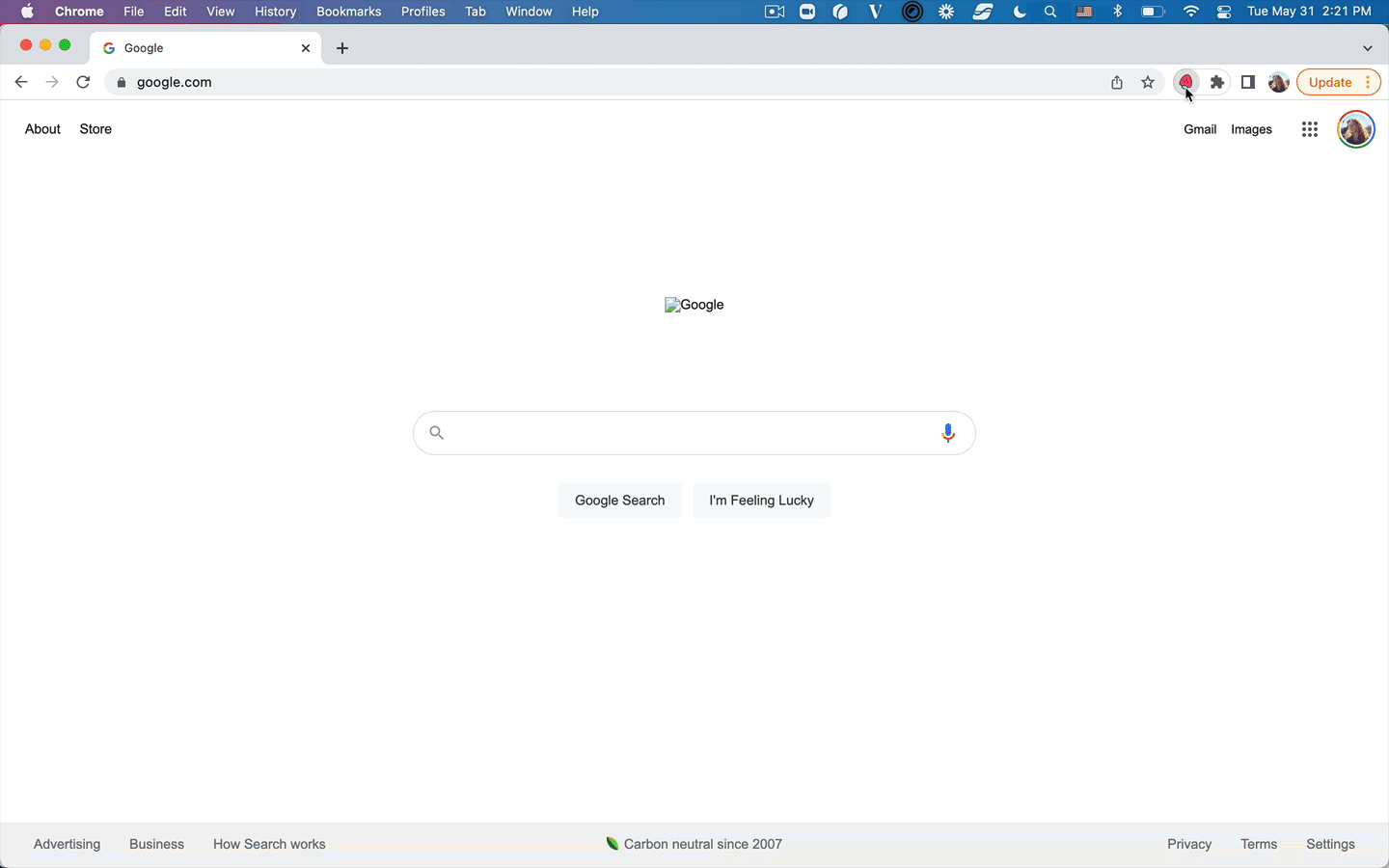The differences between waterfall, agile and lean methodologies?
Product development is a complex process that involves multiple stages, from ideation and design to development and launch.
Different companies use different methodologies to guide their product development efforts, each with its own strengths and weaknesses.
In this post, we'll compare these three popular product development methodologies:
Waterfall, Agile, and Lean.
First I'll give an overview of each methodology and then break down the pros and cons of each. I'll also discuss when and where each is commonly used.
An overview of the Waterfall methodology
Waterfall is a linear, sequential approach to product development that divides the process into distinct phases.
This methodology was originally developed for software development and is often referred to as the “traditional” approach to product development.
The phases in a waterfall project include:
Requirements gathering: In this phase, the team gathers information about the project and defines the requirements.
Design: Based on the requirements, the team creates a detailed design for the product.
Development: The product is developed according to the design.
Testing: The product is thoroughly tested to ensure that it meets the requirements.
Deployment: The product is deployed and made available to users.
Maintenance: The product is maintained and updated as necessary.
The Waterfall methodology is well-suited for projects with well-defined requirements and a clear understanding of the end goal.
It is also good for projects with a fixed budget and timeline, as each phase must be completed before moving on to the next.
However, it can be inflexible and does not allow for changes to be made once the development process has started.
It is this very inflexibility that has made the Waterfall methodology fall out of favor with the majority of new software companies.
The rigid approach can lead to a more siloed way of working. So more modern and smaller companies tend not to use it at all.
Waterfall is still used in some big traditional companies such as Toyota or Cisco.
For such companies they are happy to have a more rigid process if it means more certainty in the long run.
An overview of the Agile methodology
Agile methodology is a flexible, iterative approach to product development that emphasizes collaboration and adaptation.
Agile development is based on the Agile Manifesto, a set of values and principles for software development which was created in 2001.
The Agile methodology divides the product development process into short iterations, called sprints, that typically last 2-4 weeks.
During each sprint, the team defines, designs, develops, and tests a subset of the product or feature.
This approach allows the team to quickly adapt to changing requirements and feedback from users.
The Agile methodology is well-suited for projects with unclear or evolving requirements, as it allows for changes to be made throughout the development process.
It is also good for projects that require close collaboration between development and business teams, as the iterative approach allows for frequent feedback and communication.
However, it can be challenging to prioritize features and determine the scope of each sprint, and it can also be difficult to estimate the timeline for a project using the Agile methodology.
There are many different subsets of Agile such as Scrum and Kanban. We won't discuss these here but suffice to say these are a process derived from the agile methodology principles.
The agile methodology lends itself better to a more fast-paced collaborative development process.
If you’re still discovering what needs to be built or want to incorporate user feedback into the development process quicker then agile methodology will serve you much better than Waterfall.
The trade-off is you and your team need to be more comfortable with living in a greater state of ambiguity.
What the final product will look like, how big each piece of work is, are all in flux.
Agile also has a more iterative release process as opposed to Waterfall which would have a big-bang release.
The benefit of smaller sprints is that you can release more often and as such get feedback on your progress quicker. As well incorporate this feedback into the development cycle quicker too.
Because Agile has come to mean many things it's hard to say exactly which companies use Agile but it's generally agreed to be the most popular methodology currently.
Companies such as Apple, Google and Amazon could all be said to using some variant of an Agile methodology.
An overview of the Lean methodology
Lean methodology is a process improvement approach that originated in manufacturing but has been adapted for use in product development.
The Lean methodology emphasizes the elimination of waste and continuous improvement.
The key principles of Lean include:
Define value: Determine what the customer values and focus efforts on delivering that value.
Map the value stream: Identify the steps involved in delivering the product to the customer and eliminate any steps that do not add value.
Create flow: Ensure that the work is flowing smoothly and efficiently.
Establish pull: Allow the customer to “pull” the product from the development team when it is ready.
Pursue perfection: Continuously improve the process to eliminate waste and increase efficiency.
Lean methodology is well-suited for projects where speed to market is critical, as it emphasizes the rapid development and delivery of a minimum viable product (MVP).
It is also good for projects that require close collaboration between development and business teams, as the focus on delivering customer value encourages frequent feedback and communication.
However, it can be challenging to balance the need for speed with the need for quality, and it can be difficult to determine the true MVP without extensive customer feedback and iteration.
From a product development and software point of view Lean is more common in start-ups and spin-off projects. Once a company get bigger they'd likely be considered more Agile.
However, Lean and Agile share many similarities. Lean is just more focused on speed.
Comparing Waterfall, Agile, and Lean methodologies
When considering which methodology to use for your product development project, you need to consider the specific needs and constraints of the project you're working on.
There are strengths and weaknesses of each methodology:
Waterfall:
Strengths:
Good for projects with well-defined requirements and a clear end goal, and for projects with a fixed budget and/or timeline.
Weaknesses:
Inflexible and does not allow for changes to be made once development has started, and does not accommodate for changing requirements or customer feedback.
Many potential employees might be turned off by the idea of working on a Waterfall project as Agile is generally more preferred.
The big bang approach of Waterfall releases means you don’t really get any user feedback until you have invested a lot of time into the project already.
Agile:
Strengths:
Flexible and adaptable to changing requirements and customer feedback, and emphasizes close collaboration between development and business teams.
Very popular and common amongst most software professionals these days, so a larger pool of talent to draw from.
Developing in 2 weeks sprints allows you to get user feedback sooner and if needs be incorporate any changes quickly.
Weaknesses:
Challenging to prioritize features and determine the scope of each sprint, and difficult to estimate the timeline for the project.
Requires greater comfort with living in ambiguity and harder to plan longer term with a high level of confidence.
Lean:
Strengths:
Focuses on delivering customer value and emphasizes speed to market, and encourages close collaboration between development and business teams.
Weaknesses:
Balancing the need for speed and quality can be challenging, and determining the MVP can be difficult without extensive customer feedback and iteration.
If focusing on quality is a challenge for you and your team, then you should check out Jam.dev.
This handy tool allows you to quickly share screen captures with voiceover, console and network logs as well as repro steps all in one place.
Incorporating this into your flow will definitely improve your products quality. Few bugs means happier users :)

To sum it up, each of the three product development methodologies - Waterfall, Agile, and Lean - has its own strengths and weaknesses.
The best methodology for your project will depend on your specific needs and constraints.
It is important to carefully consider the goals and requirements of your project and choose the methodology that best aligns with those goals.
Additionally, it is important to be flexible and adaptable, and to be willing to modify your approach as needed based on the evolving needs of your project.
Ultimately, the most successful product development projects are those that prioritize customer satisfaction and continuously incorporate feedback and iteration into the development process.
Don’t become dogmatic
It’s important not to get too hung up on these methodologies.
There is no methodology out there that can be implemented like a strict checklist and work without any problems all the time.
If you find yourself saying something like ‘But that’s not what the book says’ too often then maybe you’ve become too dogmatic.
At the end of the day the best teams are just a group of people who come together to solve problems.
Once the process or the methodology gets in the way of this, don’t be afraid to take a step back and review things.
Perhaps you have a unique problem that doesn’t fit into the cookie cutter textbook example.
Rules are made to be broken.
Just communicate your expectations with your colleagues clearly and talk through your rationale behind any decisions.
Once you have that, you'll solve any problem regardless of what methodology you use.
